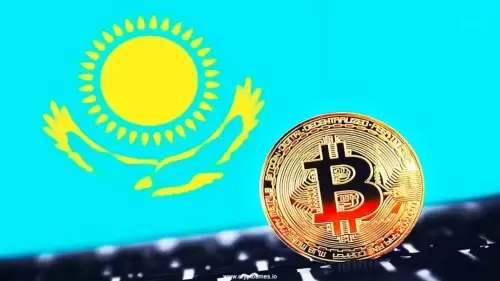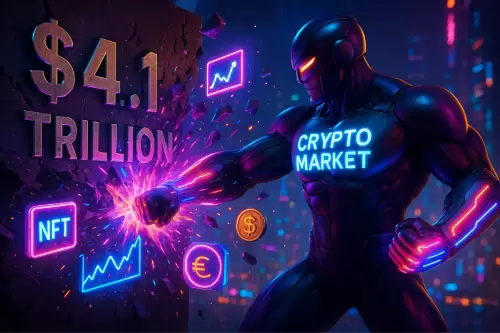Circle's move to become a US national trust bank signals a shift towards regulatory compliance and transparency in the stablecoin market, potentially reshaping the landscape.

Hold on to your hats, New Yorkers! Circle's application for a US trust bank charter is shaking things up in the stablecoin world. Let's dive into what this all means for USDC, US Trust Bank, and the future of digital finance.
What's the Big Deal with Circle and US Trust Bank?
Circle, the brains behind the USDC stablecoin, is making a power play. They've applied for a US trust bank charter with the Office of the Comptroller of the Currency (OCC). If approved, they'll operate as a federally regulated trust entity, managing USDC reserves directly under federal oversight. Translation? More transparency and a big boost in user confidence.
Why is This Important?
USDC is the second-largest stablecoin, a digital dollar used everywhere from crypto trading to cross-border payments. Circle's move aims to bring it closer to the traditional financial system. Think of it as building a bridge between digital assets and good ol' Wall Street. This comes at a time when regulators are really starting to scrutinize stablecoins, wanting to know how they're backed and managed. Circle is saying, "We're ready for the spotlight!"
Key Benefits of a Trust Bank Charter
- Direct Reserve Management: Circle gets to manage and custody USDC reserves themselves, not relying entirely on third parties.
- Enhanced Transparency: Federal oversight means more transparency, addressing a major concern for policymakers.
- Regulatory Compliance: This move helps Circle comply with emerging regulations, like the proposed GENIUS Act.
- Institutional Integration: A trust bank charter allows Circle to offer regulated digital asset custody services to big players, like Fidelity.
USDC vs. USDT: A Battle of the Stablecoins?
Let's be real, Tether's USDT is the king of the stablecoin hill right now, thanks to its liquidity and widespread use. But it lacks US federal regulation, which could be a problem as laws get stricter. Circle's move could give USDC a major advantage, especially in the US market. Exchanges and financial platforms might start favoring federally licensed stablecoins like USDC. Circle is positioning USDC as the responsible, compliant alternative.
The Future is Tokenized
Circle isn't just stopping at stablecoins. They're also looking at tokenized assets like bonds and stocks. By offering custody services for these, Circle is turning USDC into a versatile digital asset that connects traditional finance and blockchain technology. This could attract institutional investors and regulated entities looking for secure and compliant digital asset solutions.
My Two Cents
This is a smart move by Circle. The regulatory winds are changing, and they're getting ahead of the game. Sure, Tether has a head start, but regulatory compliance and transparency will win in the long run. It's like choosing between a hot dog from a street vendor and a meticulously prepared meal from a michelin star restaurant: one is fast and available everywhere, but the other one give you peace of mind, and in the long run, it tastes better.
So, What's Next?
Keep an eye on the OCC's decision on Circle's application. If approved, it could reshape the stablecoin market and pave the way for more institutional adoption of digital assets. The GENIUS Act is another key piece of the puzzle. As regulations evolve, Circle is positioning itself to lead the charge in this new era of regulated digital finance.
Until then, keep your digital wallets close and your expectations high! The future of finance is looking brighter (and more regulated) every day.














































































